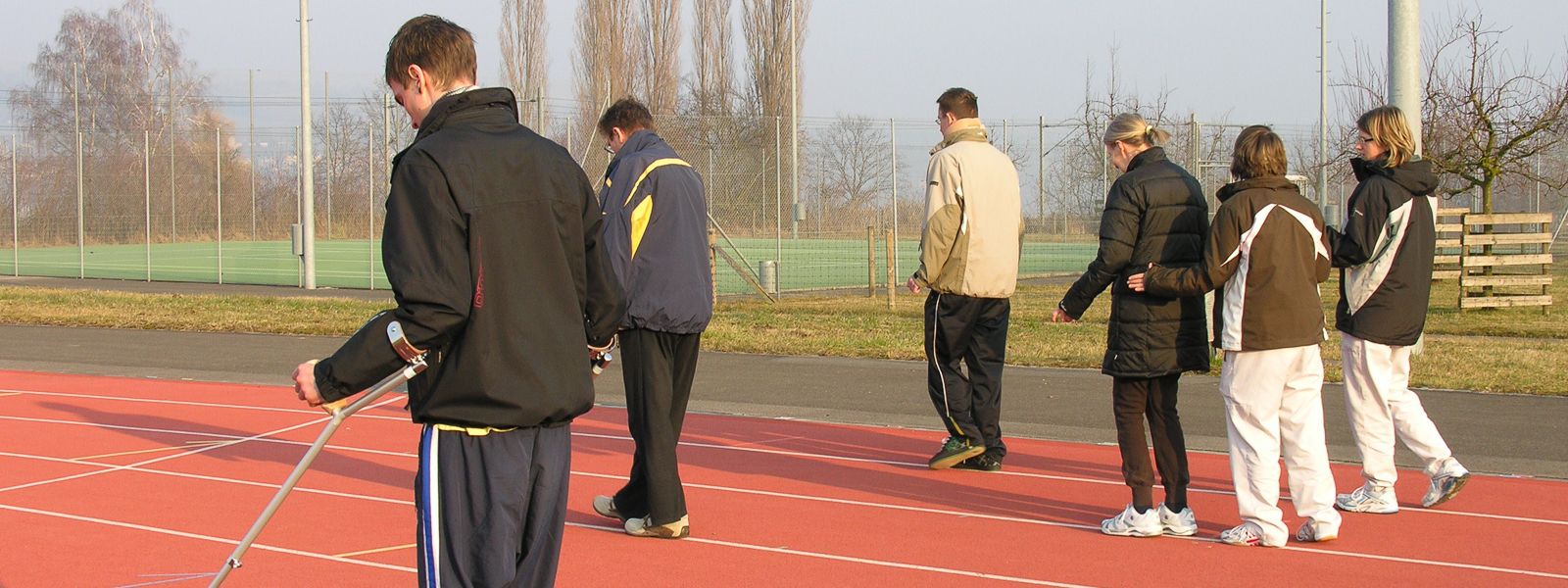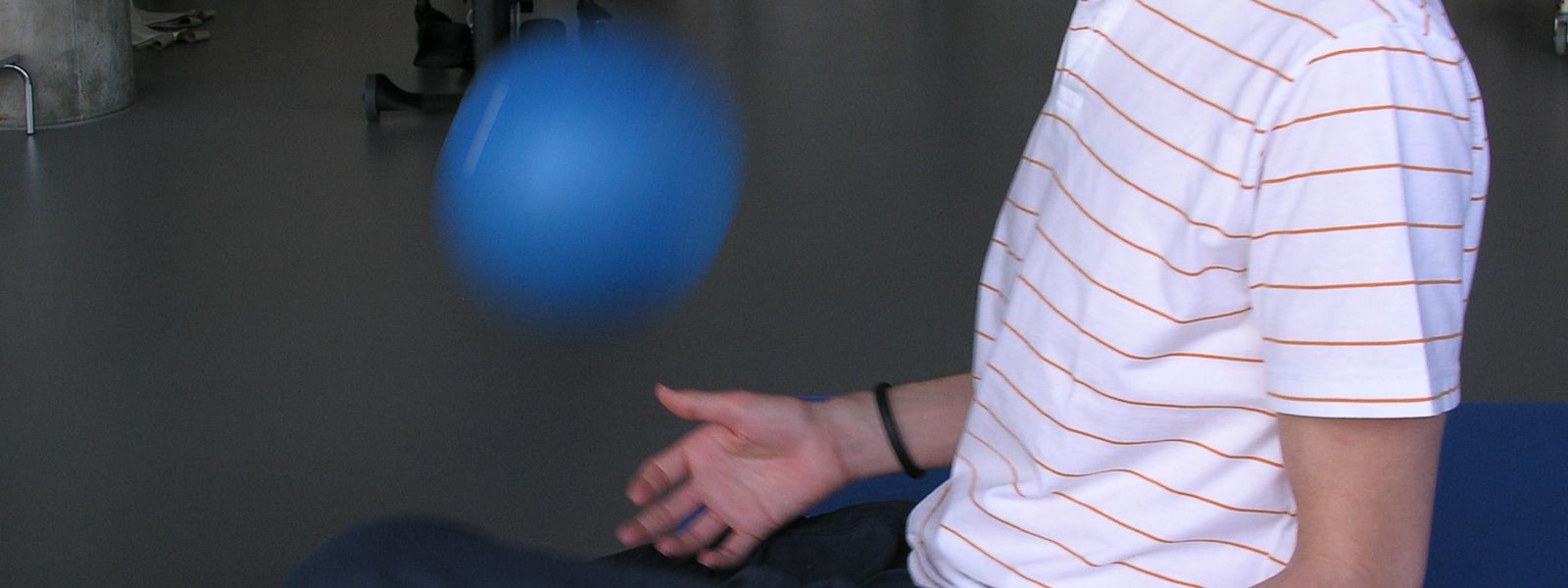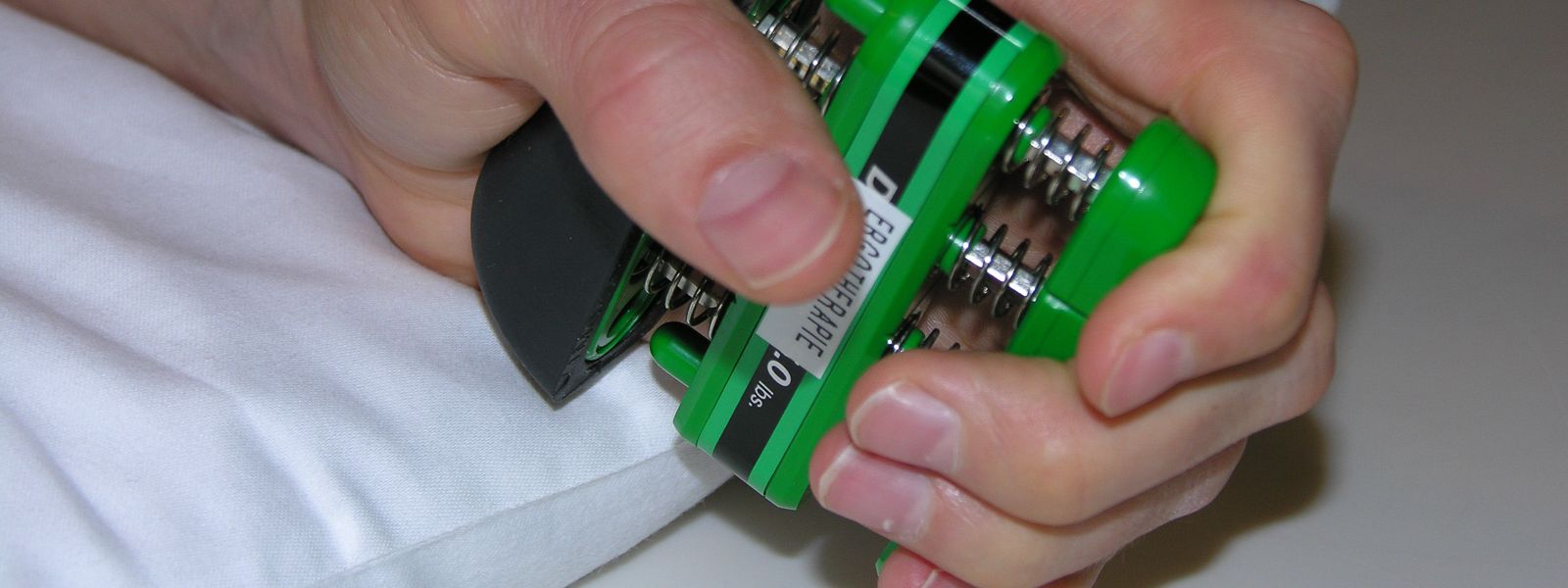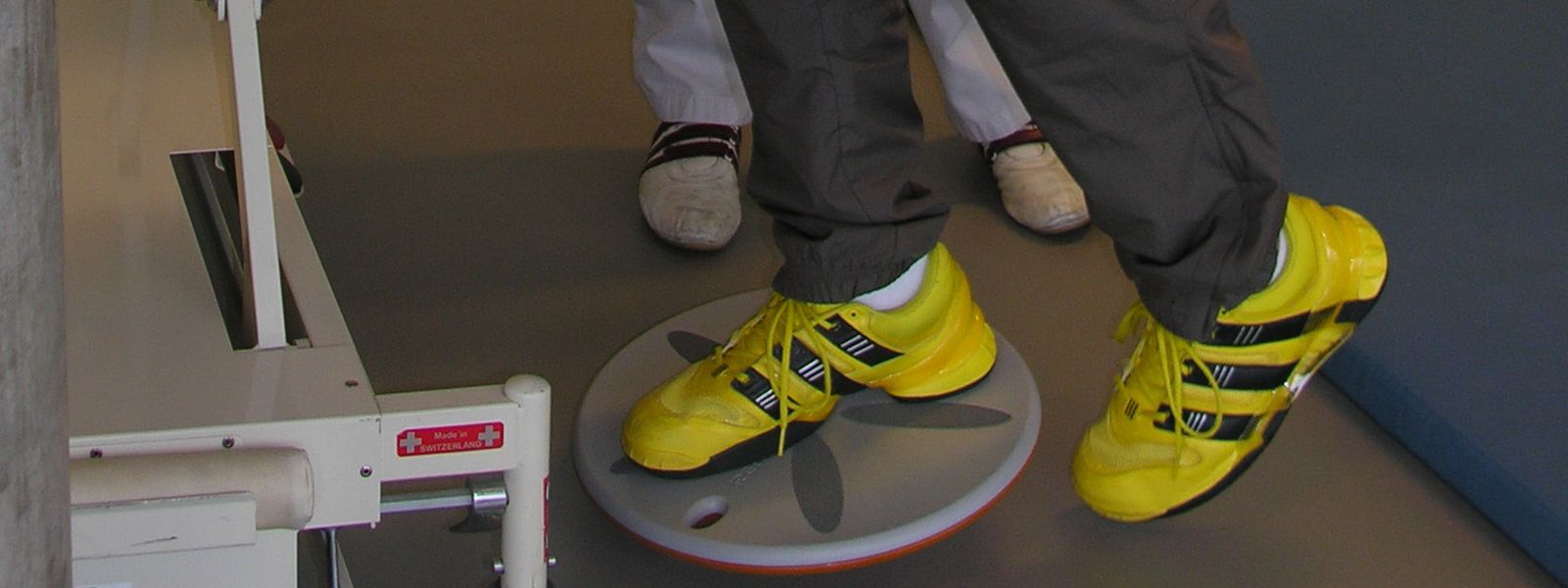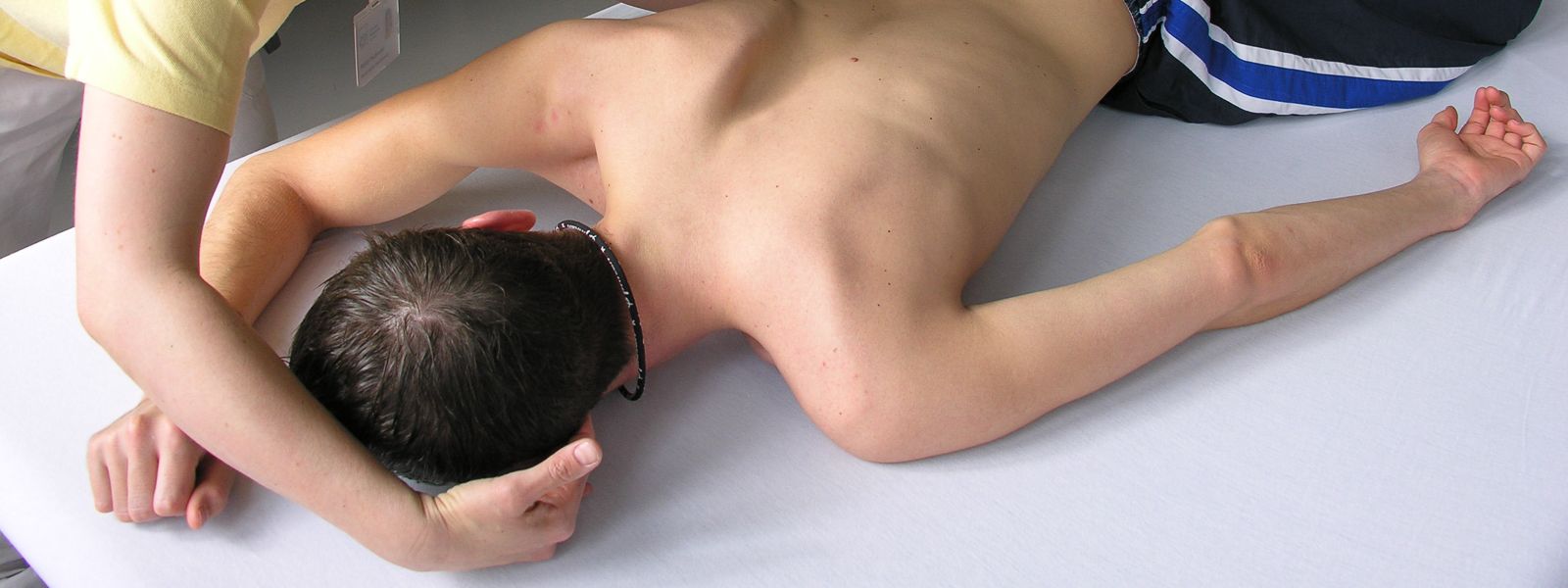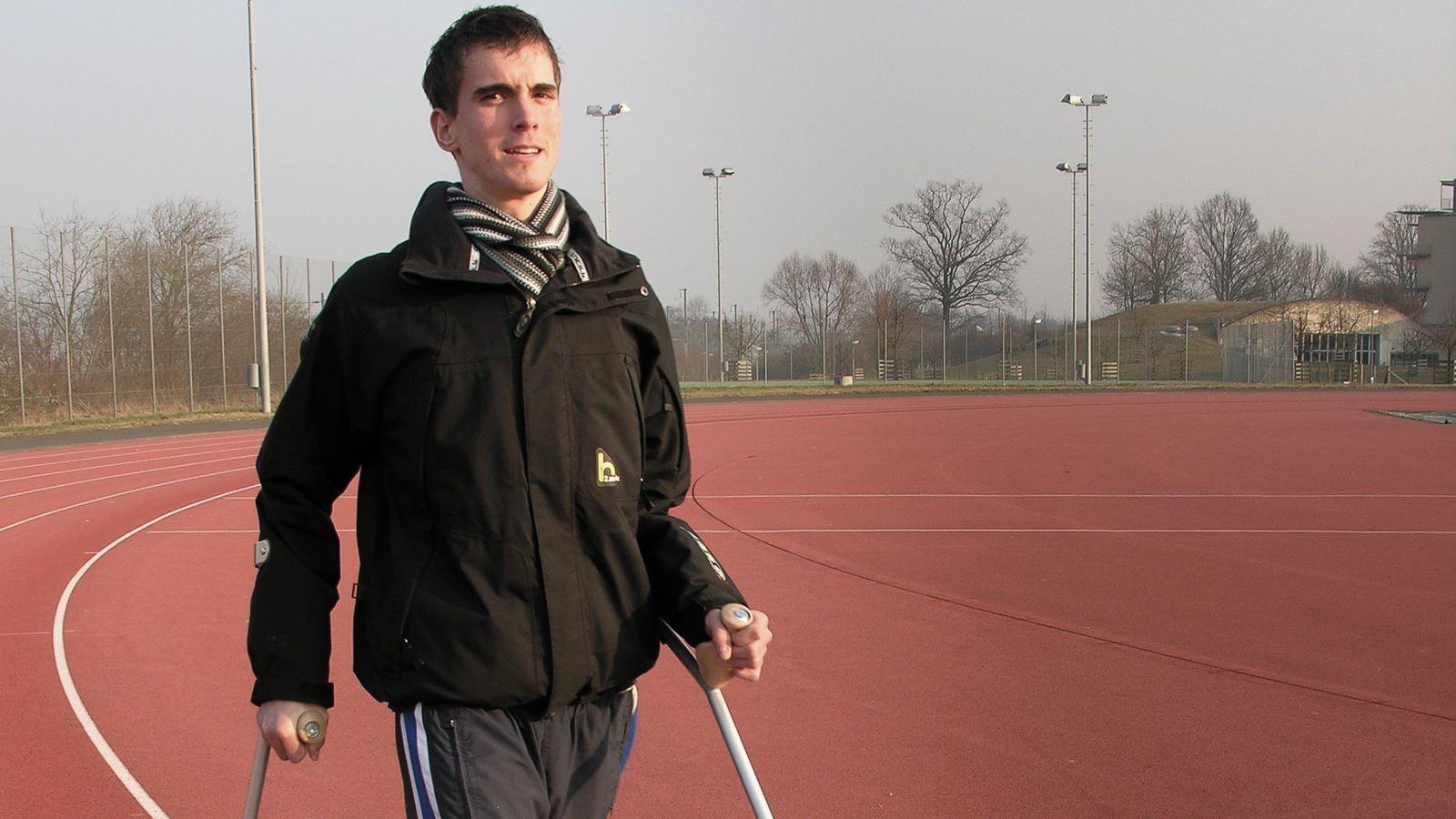
Walking Recovery
Regaining the ability to walk seems to be a major long-term goal of persons with spinal cord injury Considering this and findings that persons with an incomplete SCI are likely to regain some level of walking ability, exploring ways to facilitate “walking recovery” would be important in rehabilitation management.
